Gudi Padwa: “Hindus New Year of the Marathi and Konkani Heritage”
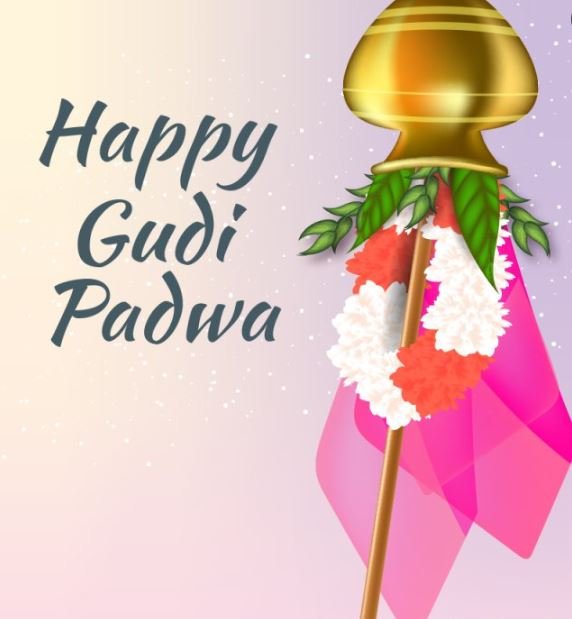

As India is a land of diversity so another regional festival which is of high importance in central part of India is “Gudi Padwa“.
Gudi Padwa is also called Samvathsar Padvo, is very much celebrated in Maharashtra State and Konkan as this festival marks the start of the traditional new year for Hindus, primarily those of the Marathi and Konkani heritage.
The celebration is widely celebrated due to its historical importance. It is called from two words: “Gudi”, which refers to Lord Brahma’s symbol or flag, and “Padwa,” which refers to the first day of the moon.
According to the Hindu calendar, the festival takes place on the first day of the month of Chaitra, which falls between March and April in the Gregorian calendar.
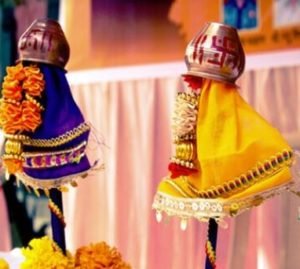
The festival commemorates Lord Rama’s coronation following his return to Ayodhya with his wife Ma Sita and his brother Bhaiya Lakshmana following a 14-year exile. Lord Rama’s triumph over evil Ravana is symbolized by the Gudi (flag). The flag is constantly raised very high as a sign of triumph.
Another significance of the name Gudi Padwa, which is made using two words- ‘Gudi’, which means flag is also an emblem of Lord Brahma and ‘Padwa’ which means the first day of the phase of the moon.
As per Hindu scriptures, Lord Brahma formed the cosmos on this very day. It is also stated that on the day of Gudi Padwa, Lord Brahma expanded the notion of days, weeks, months, and years. In South India it is believed to be the first day of the universe’s creation. This is why on this day; Lord Brahma is worshiped.
After this festival, Rabi crops also get reaped, so it signifies the arrival of the spring season.
On Gudi Padwa day, People commemorate by doing the usual oil bath as the day starts. Then they adorn their homes and change into new outfits. They also prepare Rangoli which is one of the key attractions as it is created with vibrant colors and flowers.
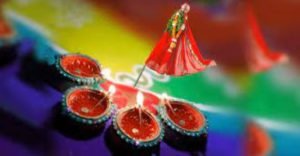
Additionally, they place Gudi, which is seen as a sign of success, at the entrance to their houses or on their windows, and then devour neem leaves.
The Gudi flag was created by attaching a colorful preferably crimson or yellow silk scarf to a bamboo pole. This bamboo pole is then covered with this scarf and decorated with neem leaves, mango leaves and either a garland of flowers or a Saakhar gaathi (sugar candy garland). This ceremony symbolizes life’s bittersweet events.
A silver, copper, or bronze Kalash is put upside down on the bamboo staff to represent victory. The Gudi is then hoisted outside the home after the completion of the pooja. It is said that this ritual saves households from all types of evils and ward off negative energies.
After Gudi is prepared, pooja is done. Once the pooja is done, the prasad is distributed to everyone.
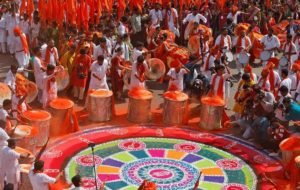
Devotees dresses up very nicely. Women wear Maharashtrian silk Navari sarees, while men wear silk Kurtas with Dhotis or Pajamas.
On this day, it is customary to cook Srikhand and Puran Poli.
Lifting up the Gudi outside the house is thought to fend out bad energy, creating a way for good fortune and well-being. Numerous entrepreneurs launch their endeavors on this day since it is considered fortunate.
There are a number of food items that are made to celebrate the festival of Gudi Padwa.
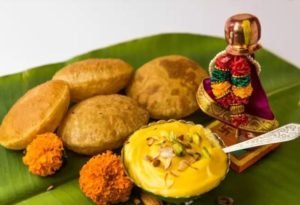
Popular dishes one prepares for the festival for Lunch and Dinner are Kothimbir Vadi, Batata Vada, Sabudana Vada, Chakli, Poori Bhaji, Batata Bhaji and Masala Bhat.
Some delightful desserts prepared for Gudi Padwa are Puran Poli, Kaju Modak, Coconut Ladoo, Shrikhande, Kesari Bhat, Sweet Shakar Pare, Banana Sheera and Basundi.
I wish everyone “Happy Gudi Padwa”
DISCLAIMER: The author is solely responsible for the views expressed in this article. The author carries the responsibility for citing and/or licensing of images utilized within the text.
